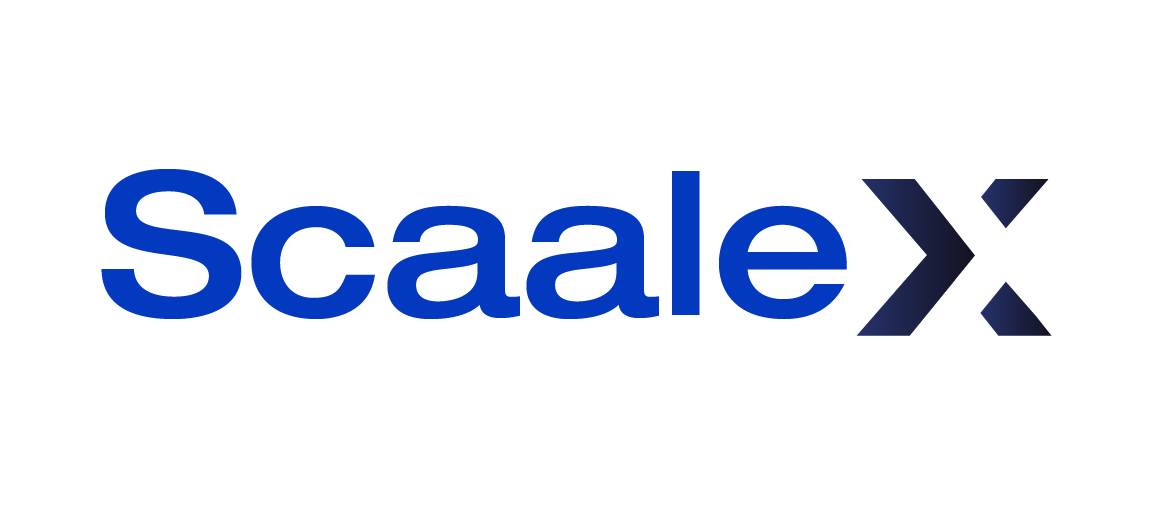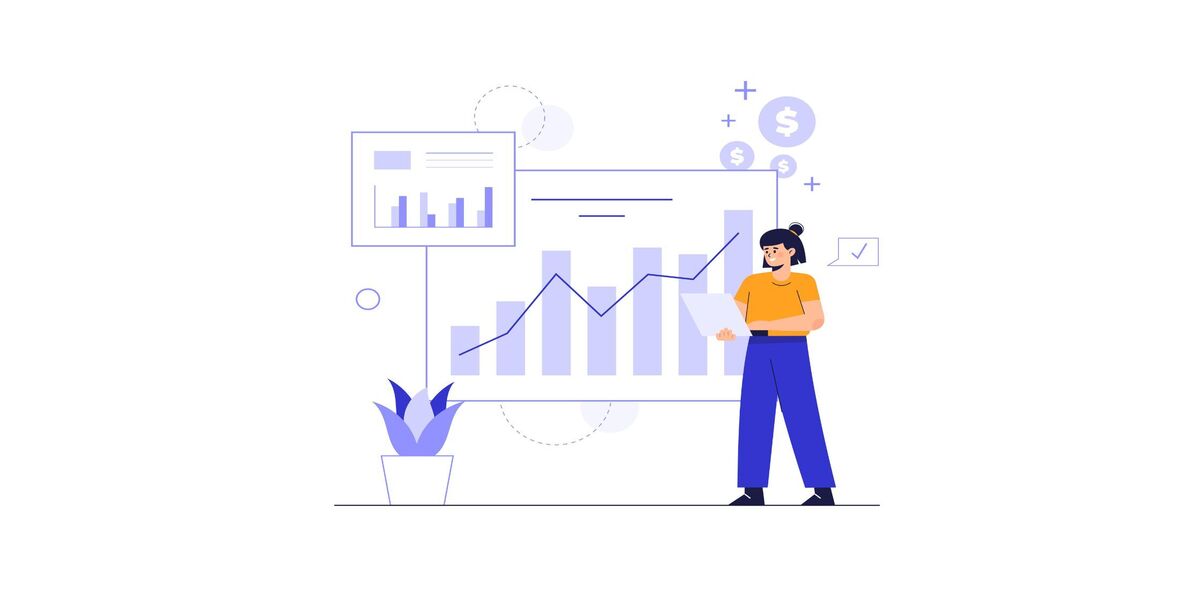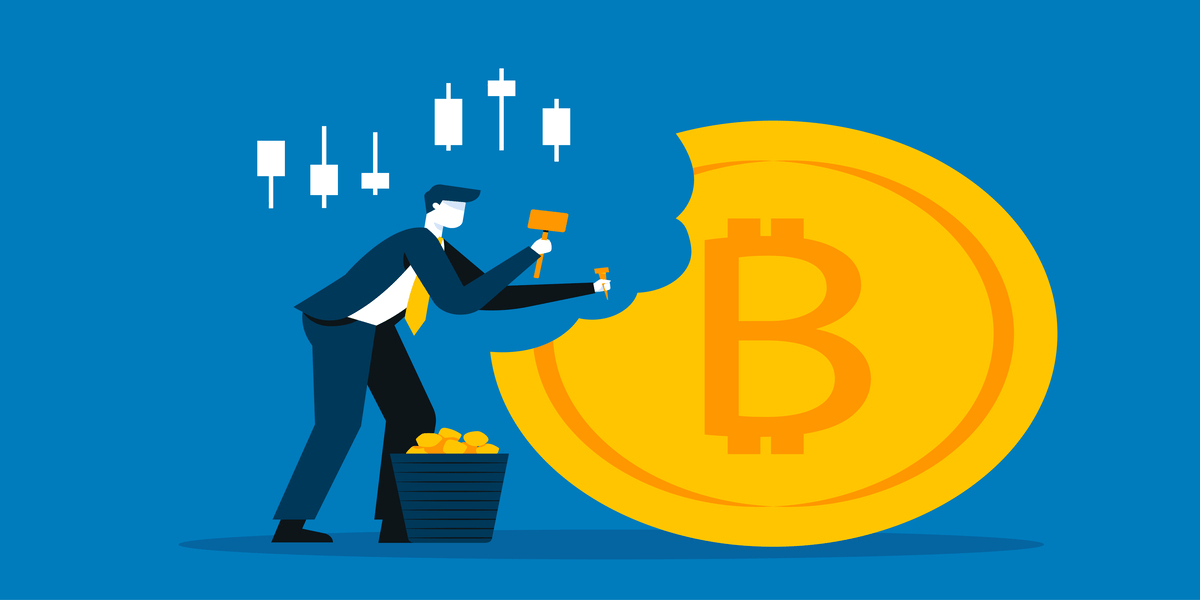Understanding Strategic Forecasting
Introduction
Financial forecasting is an important part of financial planning and budgeting. It is the process of estimating future financial outcomes for a company or organization based on past and current financial data and market trends. So the goal of financial forecasting is to provide insights into future revenue, expenses, cash flows, and profitability, and help organizations make informed financial decisions.
Unfortunately, many finance leaders create forecasts based on guesses rather than solid data, which ultimately leads to financial reports that don’t really mean a whole lot.
So in this blog, we’re going to explore the very opposite: strategic forecasting.
What is Strategic forecast?
Strategic forecasting is an approach to financial forecasting which combines historical performance with the expected changes in revenue and expenses from aspects like economic conditions, market trends, and strategic growth initiatives. Also strategic forecasting involves using data, analysis, and insights to anticipate and plan for future events and trends that may impact a company’s performance.
Indeed a revenue forecast tells an estimate of how much revenue a business is expected to generate over a certain period of time, usually a year. A simple revenue forecast looks at historical performance of the business and map that forward into the future.
Strategic forecast takes a slightly smarter approach by looking at other variables along with historical trends, including:
- Revenue drivers
- Market trends
- Employee headcount
- Economic conditions
- New upcoming products or features
Variables of strategic forecasting
A number of different variables influence strategic forecasting. So when creating your own strategic forecast, draw from these variables to make your estimates as accurate as possible.
1.) Historical Data
Historical Data is certainly an important variable of strategic forecasting that most of us look to first. It uses past financial data to predict future revenue for a business or organization. This data typically includes information on sales volume, revenue, profit margins, and other financial metrics for a given time period, such as the previous quarter or year.
Historical data help identify patterns and trends in sales and revenue growth over time. This information is then used to develop forecasting models that estimate future revenue based on factors such as market conditions, consumer behavior, and industry trends.
2.) Revenue Drivers
What are revenue drivers?
Revenue drivers are the things that drive your revenue. They are the variables your revenue model is based on. Furthermore using the data and insights from revenue drivers, you can more accurately predict what your revenue will look like in the future.
Revenue drivers generally fall into categories of sales or marketing. The marketing campaigns you run to generate new revenue for the business. Similarly social media ads, PPC ads, partnerships, media buys, or any other channel, are all ways to drive revenue for your business.
3.) Employee Headcount
Depending on the role, employee headcount can have a major impact on revenue in several ways, including increased productivity, improved customer service etc.
For example, If you double the headcount of your sales team, you should be able to bank on doubling sales volume, all things being equal.
Analyze goals for the headcount growth as well as historical trends in this area, and then equate that to revenue.
4.) Economic Conditions
Economic conditions can have a significant impact on the profitability and revenue-driving capabilities of a business and predicting them can be challenging.
Here are some ways in which economic conditions can affect a business:
- Consumer spending
- Interest rates
- Competition
- Inflation
- Government policies
Make considerations for the possibility of economic changes, and how they’ll impact your profitability and revenue-driving capabilities.
5.) Market Trends
Market trends refer to the overall direction of the market or industry. Hence these trends can include changes in consumer behavior, advances in technology, shifts in regulatory or economic policies, and emerging opportunities or threats.
Take stock of any trends in your market, and analyze how they might change over the next financial year and apply these predictions to your revenue forecast.
Moreover incorporating market trends into forecasting can help businesses make more accurate and informed decisions about future investments, resource allocation, and growth strategies.
6.) New Product releases
Analyze whether you see a boost in sales when you release new product updates or features? Look at your historical data for an indication.
Best practices for implementing a strategic forecasting process.
- Involve Key Stakeholders: Strategic forecasting requires buy-in and support from key stakeholders, including senior leaders, department heads, and front-line employees. Thus involve these stakeholders in the process from the beginning to ensure their input and support.
- Use Data-Driven Analysis: Strategic forecasting should be based on data-driven analysis, including both internal data (such as financial and operational metrics) and external data (such as market trends and competitor analysis). Use a combination of qualitative and quantitative data to inform your analysis.
- Prioritize Objectives: Prioritize your objectives based on their importance and feasibility, and focus on the ones that are most critical to achieving your long-term vision.
- Develop a Realistic Timeline: Strategic forecasting requires a long-term perspective, but it’s important to set realistic short-term goals and timelines. Break down your objectives into smaller, achievable milestones that can be accomplished in a reasonable timeframe.
- Clear and Frequent communicate: Effective communication is critical to the success of strategic forecasting. Ensure that everyone involved in the process understands the objectives, action plans, and timelines, and communicate progress and updates frequently.
- Monitor and Adjust: Strategic forecasting is an ongoing process. Also it monitor your progress towards achieving your objectives and adjust your plans as necessary in response to changes in the market or other factors.
Conclusion
Strategic forecasting is one of the most important skills every great CFO needs to master. Creating a strategic forecast for your business requires a deep understanding of your business, industry, and market. By following these steps, you can create a plan that helps you achieve your long-term vision and stay competitive in a rapidly evolving business environment.




